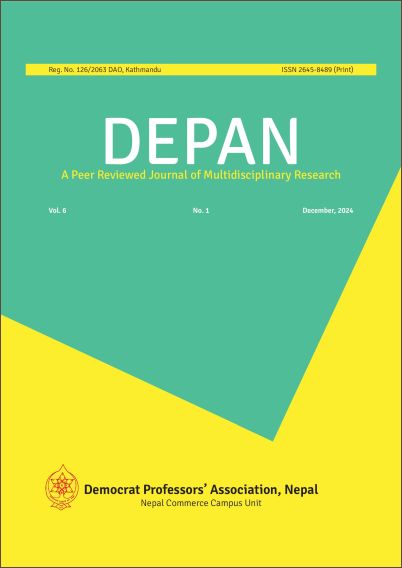Statistical Approach: Science and Application for Determining Optimal Sample Size in empirical study
DOI:
https://doi.org/10.3126/depan.v6i1.75501Keywords:
Mean Square Error, Sample Size, Statistical Regularity, User-friendly Statistical softwareAbstract
To ensure optimal sample size selection, researchers can use a variety of formulae and procedures created by statisticians to find a suitable sample size. The objects selected have, on average, the same characteristics as the population units if a sufficiently large sample of the population is chosen at random. This is referred to as the statistical regularity principle. According to the statistical regularity principle, larger sample sizes generally produce more accurate and dependable results, assuming that all other variables remain constant.
An ideal sample minimizes the cost for a predefined mean squared error value or lowers the cost for a constant mean squared error. Descriptive cross-sectional secondary sources using readily available statistical tools such as Stata, Survey Monkey, Rao Soft, and G Power provided estimates of the sample size.
Downloads
Downloads
Published
How to Cite
Issue
Section
License

This work is licensed under a Creative Commons Attribution 4.0 International License.
This license enables reusers to distribute, remix, adapt, and build upon the material in any medium or format, so long as attribution is given to the creator. The license allows for commercial use.




